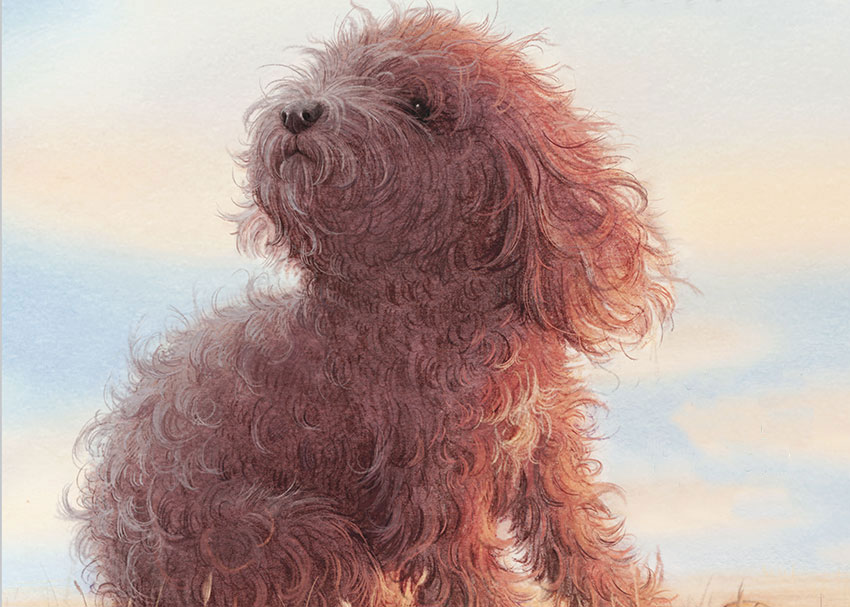
Fables, Morals, and Pets in Childhood Literature
Vetwork – Childhood stories shape how young minds understand the world, blending imagination with early ethics. Across cultures and generations, tales with animals have played a foundational role in teaching empathy, responsibility, and emotional awareness. In many families, those first bedtime stories are more than entertainment: they are introductions to kindness, courage, and compassion. In this journey through fables morals pets literature, we rediscover how animal characters help children build emotional intelligence, form healthy relationships, and learn timeless values while still enjoying the wonder of storytelling.
From European fairy tales to Asian folklore, pets and animals often carry lessons in honesty, loyalty, discipline, and courage. These narratives feel timeless because the struggles, emotions, and bonds between humans and animals remain deeply rooted in our collective memory. When parents or teachers introduce fables morals pets literature to children, they pass down not only cultural memory but emotional resilience and life-long character lessons. Today’s digital age, where screens often overshadow books, makes it even more important to revisit the magical, moral-rich world that fables morals pets literature continues to offer.
Children see animals as companions, protectors, and guides in these stories. This symbolic connection helps them emotionally process friendship, responsibility, discipline, patience, and love. When a gentle rabbit shows bravery or a loyal dog demonstrates honesty, the child feels empowered to do the same. This emotional mirroring explains why fables morals pets literature remains powerful across generations and global communities, from grandparents reading time-honored tales to modern homes where picture books and digital story apps coexist.
Read More : The Role of HR Tech in Preventing Burnout
Animal characters allow children to learn lessons indirectly, making difficult concepts easier to digest. In fables morals pets literature, the fox teaches cleverness, the dog shows loyalty, and the turtle emphasizes patience. Animals can symbolize moral paths without judgment or fear, creating a safe learning environment for young minds. Children learn responsibility not through lectures but by observing how pets and creatures behave in stories, and this subtle teaching sparks deeper understanding than direct instruction alone.
Pets represent innocence and unconditional friendship. When children interact with stories featuring pets, they feel safe exploring feelings such as loss, love, pride, and empathy. The emotional connection is natural. Because real pets comfort children at home, fables morals pets literature reinforces healthy emotional development through a familiar lens. This blending of narrative and real-world affection builds empathy and emotional maturity from an early age.
Animal-based lessons are not modern inventions; they are ancient traditions. From Aesop’s fables to folktales of Japan’s loyal Hachiko, communities across the world transmit values through fables morals pets literature. Native American tribes used animal spirits to teach bravery and respect for nature, while African folklore introduced the clever spider Anansi to emphasize wisdom and creativity. These global traditions prove that children everywhere flourish when they learn through relatable non-human characters.
Children today still hear classic tales:
The Tortoise and the Hare
The Lion and the Mouse
The Boy Who Cried Wolf
The Ugly Duckling
Little Red Riding Hood (with animal symbolism)
These stories thrive because the themes remain universal. When reading fables morals pets literature, children see consequences and rewards tied not to punishment but to personal choices. Consistency in storytelling across centuries shows that animal-centered moral lessons remain deeply meaningful.
In modern children’s libraries, animal-centered books continue inspiring and nurturing character growth:
Charlotte’s Web teaches friendship and sacrifice.
The Tale of Peter Rabbit encourages responsibility and caution.
Clifford the Big Red Dog teaches kindness and belonging.
Winnie the Pooh explores emotional balance and mindfulness.
Paw Patrol emphasizes teamwork, problem-solving, and bravery.
Even in digital animation, maintaining fables morals pets literature ensures important principles remain accessible to new generations.
Stories reflect real-world emotions. Pets are not just symbols but companions that represent unconditional love. When authors incorporate pets into children’s tales, they highlight trust, communication, grief, healing, and loyalty. Parents reading fables morals pets literature to children also strengthen their own emotional bond with them, sharing thoughts and feelings that go beyond the text.
Below are recurring themes inspired by beloved animal stories:
Pets teach children to care, comfort, and protect.
Feeding and caring for animals in stories introduces accountability.
Animal packs and groups model cooperation and trust.
Small creatures often overcome fear and doubt with bravery.
Animal characters show how truth builds trust.
Stories encourage children to love and protect living beings.
Friendship between humans and animals inspires devotion.
Animal characters often feel “othered” but find acceptance.
These lessons prove why fables morals pets literature remains a foundation for early character education.
Modern childhood faces distractions, screens, stress, and reduced real-world social interaction. That makes literature with emotional foundations even more valuable. When families revisit fables morals pets literature, they help children build:
empathy in an increasingly digital society
patience in a fast-paced world
emotional resilience during challenges
value-based thinking rather than superficial judgment
Stories offer emotional stability, create shared family rituals, and bring timeless wisdom into modern homes.
To enrich a child’s learning experience with fables morals pets literature, families can introduce interactive activities such as:
reading aloud at bedtime
drawing the animal characters
acting out stories with pets or toys
writing small moral tales at home
taking care of a family pet and linking lessons from books
These hands-on experiences reinforce narrative values and create cherished memories.
Parents and educators hold the key to preserving moral storytelling. By choosing fables morals pets literature intentionally, they help cultivate young readers who are not only curious but compassionate, not only knowledgeable but emotionally aware. As society evolves, the moral foundation provided by animal stories becomes increasingly precious—reminding children to stay connected to nature, kindness, and humanity.
Reading these stories is not simply nostalgia; it is an investment in emotional intelligence. It ensures that bravery, empathy, patience, and love remain core childhood values in every generation.
This website uses cookies.